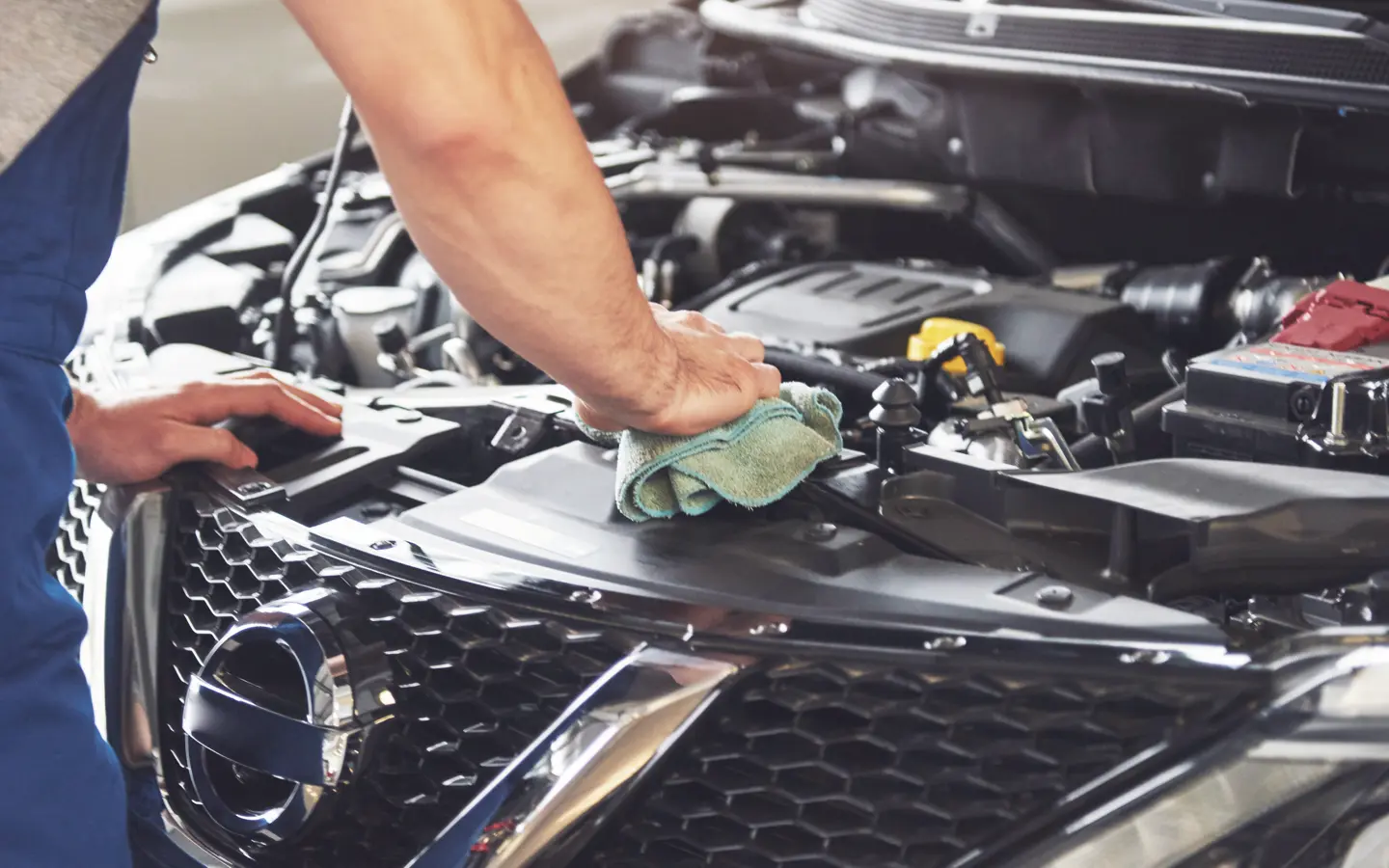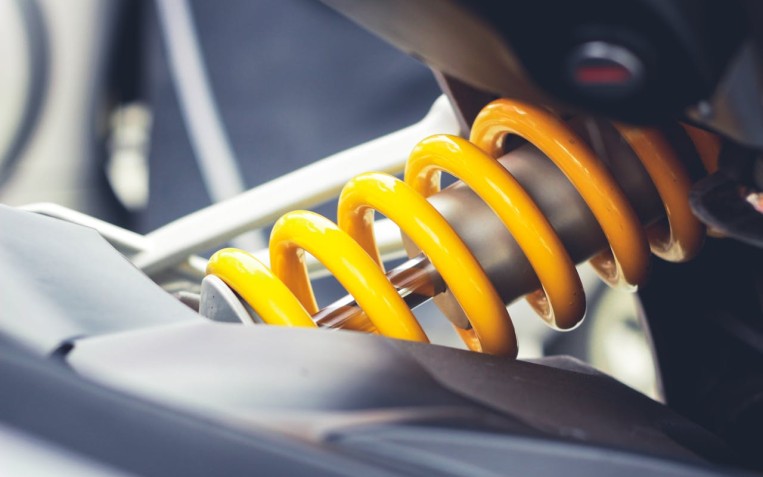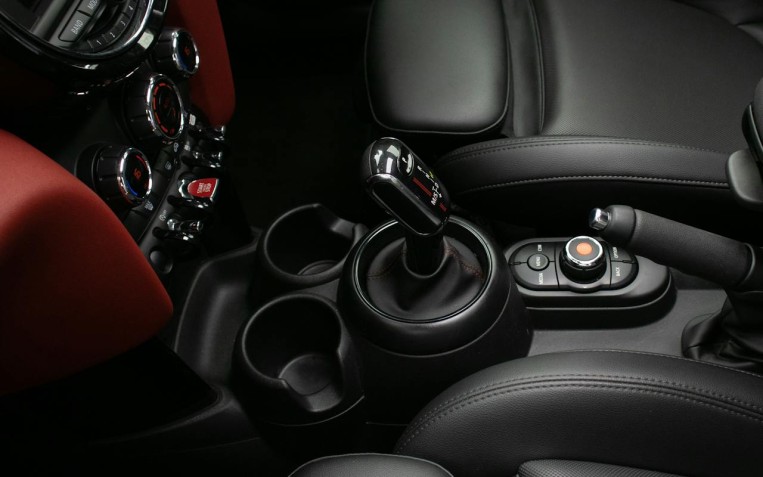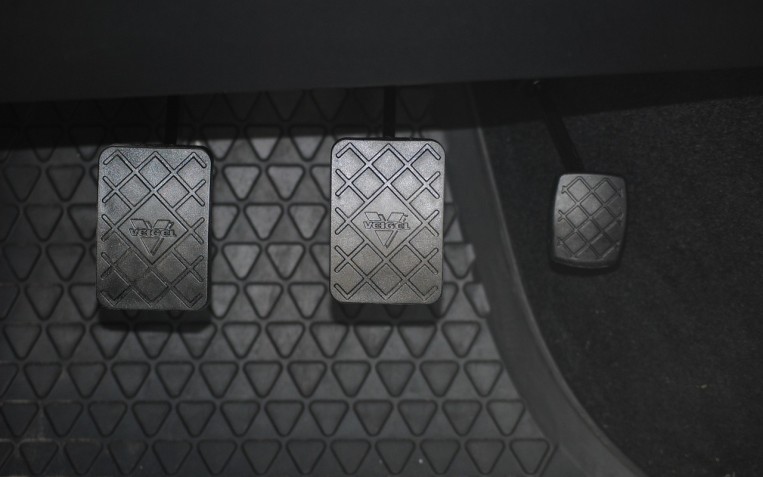Prepare your Car for Winter Driving: Essential Tips

Snow, ice, and freezing temperatures can put added strain on both drivers and vehicles, making winter the time of year when breakdowns are most likely to occur. To help you avoid any unpleasant surprises, here’s a comprehensive guide on how to prepare your car for winter driving, brought to you by PTA Garage Services.
Tyres: stay safe on slippery roads
Your tyres are your car’s only contact with the road, so keeping them in optimal condition is critical, especially during winter, when conditions can become dangerous. With your tyres, make sure you:
Check the tread depth
Ensure your tyre tread depth is at least 3mm. Below this, your car’s grip and wet-weather performance are significantly reduced. Replace your tyres if the tread falls below this level.
Inspect for damage
Check for signs of tyre damage. Look for cuts, tears, bulges, or lumps on your tyres. Even minor damage can compromise the internal structure, increasing the risk of a blowout. If you notice any issues, visit our tyre specialists immediately by locating your closest PTA Services Garage.
Consider winter tyres
In areas prone to heavy snow or ice, switching to winter tyres can improve traction and safety significantly. Winter tyres are designed for temperatures below 7°C and can enhance performance in challenging conditions.
Lights: see and be seen
During winter, reduced daylight hours and poor visibility mean functioning lights are more important than ever. Across the colder months, ensure you:
Regular checks
Turn on your lights while parked and check if all are functioning correctly, including headlights, sidelights, brake lights, fog lights, and indicators.
Clean lenses
Dirt, snow, and salt can cloud your light lenses. Wipe them regularly to ensure maximum visibility.
Replace bulbs promptly
If any bulb fails, replace it immediately to ensure you remain visible to other drivers and pedestrians.
Battery: power through cold weather
The cold can severely impact your car battery, especially if it’s over three years old. To avoid getting stranded with a dead battery:
Get a health check
Visit PTA Garage Services for a free battery health check if your battery is over three years old.
Keep the battery terminals clean and dry
Dirt and moisture on the battery terminals can cause corrosion, affecting their ability to conduct power. To clean the battery terminals, use a battery solution consisting of baking soda and water and scrub the terminals with a toothbrush. Once you have scrubbed the terminals, clean the top of the battery with the cleaning solution, rinse it with a damp cloth and dry it with a towel.
Avoid short trips
Short journeys don’t allow your battery to recharge fully. If possible, combine errands to give your battery adequate time to regain its charge.
Invest in a portable charger
Having a portable jump starter or charger on hand can be a lifesaver if your battery fails.
Keep your view clear: visibility is key
Maintaining a clear view is vital for safe winter driving. Here’s how to ensure you’re prepared:
Top up screenwash
Use a high-quality screenwash with antifreeze properties to prevent freezing in the reservoir. Always follow the recommendations in your vehicle handbook.
Inspect wipers
Replace your wipers if they leave streaks, make squeaking noises, or show signs of wear, like cracks or tears.
Clear ice and snow properly
Always use an ice scraper or de-icer spray to remove ice and snow from your windscreen. Avoid using hot water, as it can crack the glass, and never rely on your wipers for heavy frost or ice, as this can damage the blades or blow a fuse.
Combat condensation
Use your car’s air conditioning to rapidly demist the windscreen and windows. If this process takes too long, consider having your air conditioning system recharged.
Additional winter driving tips
Check coolant levels
Ensure your engine coolant contains the right mix of antifreeze and water to prevent freezing. Consult your vehicle’s handbook for the correct ratio.
Pack an emergency kit
There is no harm in carrying essentials like a blanket, torch, jump leads, first aid kit, and a shovel in case you get stuck in adverse weather. Better to be safe than sorry.
Monitor fuel levels
Always keep your fuel tank at least half full during winter. This prevents condensation in the tank and ensures you won’t run out if you’re caught in traffic or bad weather.
Need expert help? Contact PTA Garage Services
Winter can be tough on your car, but with these simple steps, you can ensure it’s ready for the cold months ahead. For more advice or professional winter preparation services, visit your local PTA Garage Services branch. Our experts are here to help you drive safely this winter.
Related Content

Should I have soft or stiff suspension springs for my vehicle?
Suspension springs are essential for maintaining your vehicle’s stability and ride height. Over time, the springs will succumb to wear and tear, which affects how your car handles, brakes and accelerates on the road. Discover whether you should...

What is engine braking?
Engine braking involves taking your foot off the accelerator pedal, allowing your car to slow down. Over time, the parts on your vehicle’s braki...

A guide to the different types of car clutches
The clutch is responsible for channelling the power from the engine, through to the gearbox, and the wheels. Your vehicle's clutch will differ dependi...

